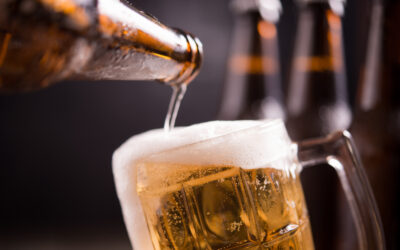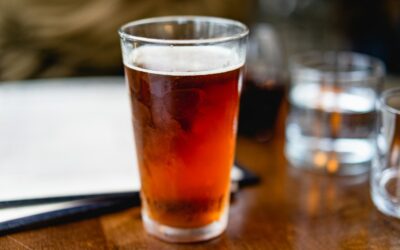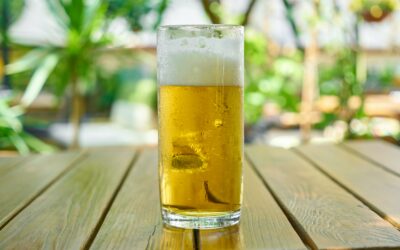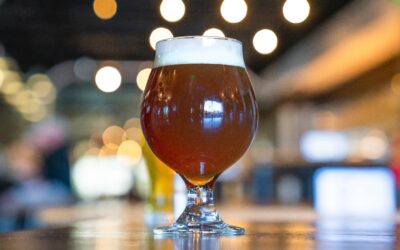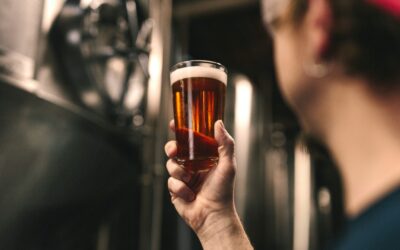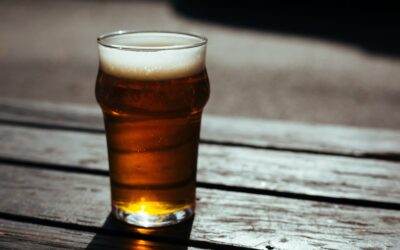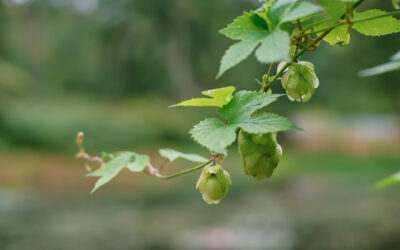However encouraging the last couple of decades may have been for consumers trying to access interesting beers, around 90% of the beer we drink comes from a narrow range of relatively dull styles …
North American session ales
‘Session strength’ is interpreted more liberally in the US than elsewhere, likely because American beer lovers from the craft era are not great session drinkers, preferring to sample or sip their beers. US-inspired beer listings typically quote 6.2% ABV as the upper limit.
Irish session ales
Centuries of traditional Irish brewing were swept away in the 20th century by three multinational brewing companies, all but erasing the memory of local beer styles. From the 1960s to the start of this century, Irish beer consisted almost entirely of session-strength blond lagers, black stouts or reddish ales. Even the first wave of new independent breweries, founded in the 1990s, mostly emulated this range. The most Irish of styles are the ones that diverged furthest away from their English predecessors.
German session ales
While Germany is strongly associated with lagered beers, until 1919 many of the leading styles of beer, particularly in its northern half, were ales. When pressure mounted to bring these under the stipulations of the Bavarian Beer Purity Order, or Reinheitsgebot, this brought challenges.
French session ales
France has for the last twenty years been building a formidable beer culture. With more breweries than any other country in Europe and the same focus on creating local beers as applies to the creation of local dishes, several candidates are emerging for style or sub-style status, such as Hopped Saison (saison houblonée), Black Buckwheat Beer (bière de blé noir) and a variety of spelt beers.
Scottish session ales
Many Scottish beers follow style rules found in the rest of the UK. However, a distinctive but elusive thread has always run through Scottish brewing, which is unique to Scotland. These older traditions have been preserved and revived as much by brewers in continental Europe and the Americas as local producers, leasing to the creation of style classifications using words like ‘Scottish’ and ‘Scotch’, which many Scots find alien.
English session ales
The classic form of draught ale in the UK is termed cask-conditioned. It is not a style as such but instead a unique and particular way of keeping beer, which rose to prominence between 1860 and 1885, and went on to become a passion for a sizeable number of British beer drinkers.
Belgian session ales
Belgium is famed for its stronger ales, but also has a smaller heritage of lighter ones. Given its brewers’ reputation for inventiveness, the current vogue for lighter but tastier styles seems guaranteed to lead to more varieties emerging in the coming years.
North American sampling ales
North American craft brewers, experimenting in the 1980s with assertive hop varieties from the Yakima Valley region, fell in love with the story of India Pale Ale (IPA), the high-hopped beer exported from Burton-on-Trent to Bombay at the height of the British Empire. They therefore took its name to apply to a new breed of assertively hop-forward pale ales, brewed with attitude for an emerging and gratefully impressed constituency of beer fanatics.

